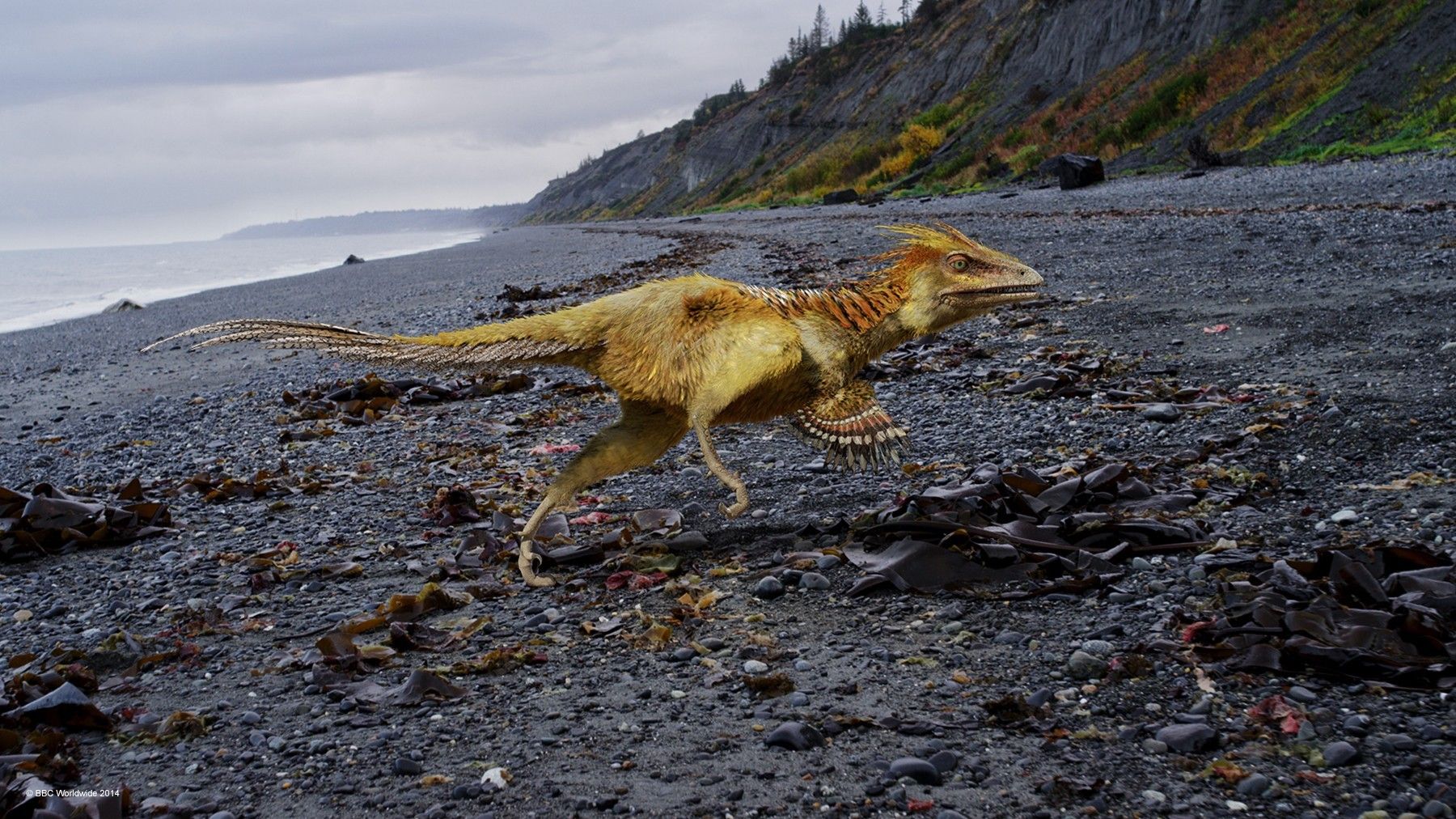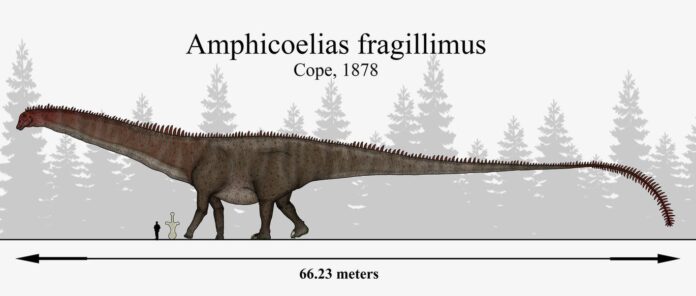Most people have probably heard about archaeological findings, which often include remnants of ancient civilizations that lived on our planet thousands or even tens of thousands of years ago. These discoveries are very important for studying the history of humanity. However, such fossils don’t always spark interest, especially among those who aren’t particularly fascinated by this field. But almost everyone at some point has been curious about dinosaur remains and other ancient creatures that lived during the same era.
News about dinosaur excavations often captures the imagination and offers a wealth of knowledge. Excavating dinosaur fossils is a meticulous job that requires great patience. Archaeologists sometimes spend months of continuous work to carefully extract dinosaur bones without damaging them. Modern equipment has made the process faster than before, but if the dinosaur is particularly large, the work can take quite a long time.
A Brief Introduction to Dinosaurs
Before learning about the largest and smallest dinosaurs, it’s important to understand what dinosaurs are. Many animals lived during that time and shared common features with dinosaurs, which can sometimes lead people unfamiliar with the topic to confuse them.
The word “dinosaur” translates from Greek as “terrifying lizard.” Indeed, many species of dinosaurs appear very frightening, even in pictures and drawings. Dinosaurs lived during the Mesozoic Era, inhabiting the planet long before humans and many of the animals that exist today. Dinosaurs lived not only on land but also in water, air, and even in the soil. They had a well-developed spine, which supported their massive bodies.
The Largest Dinosaur
The remains of the largest known dinosaur were found in Colorado in 1877. The species was named Amphicoelias by archaeologists. However, only one vertebral segment was fully excavated, as there was no proper equipment available at the time to safely uncover the entire skeleton.
The renowned paleontologist Edward Cope wrote about the body structure and appearance of Amphicoelias, using the vertebra fragment for his research. Unfortunately, the original bones no longer exist, as the vertebra was damaged during cleaning. However, Cope managed to create a highly detailed and accurate drawing.
If Cope’s calculations were correct and the vertebra description was accurate, the dinosaur could have reached a length of 40 to 62 meters and weighed around 155 tons. Amphicoelias is considered the largest animal in Earth’s history, surpassing even the Seismosaurus by 10 meters, and it was nearly twice the size of the Blue Whale.
Bruhathkayosaurus
Some scientists believe there were even larger dinosaurs whose remains have yet to be found or have not survived. A popular theory suggests that a dinosaur weighing around 200 tons roamed the planet. There are no reliable hypotheses about its height, as no complete remains have been found to help estimate it. This dinosaur was named Bruhathkayosaurus, and part of its remains were discovered in India. Due to the limited number of bones, scientists have differing opinions on its size. Some believe it reached no more than 30 meters in length, while others estimate it started at 40 meters.
However, based on its weight, Bruhathkayosaurus could be considered the heaviest animal ever to live on Earth, with a mass nearly 20 tons greater than the Blue Whale.
Seismosaurus
Seismosaurus is currently considered the longest dinosaur species that has been extensively studied. Its length was around 40 meters, a fairly accurate figure thanks to the large number of bones that scientists found, aiding in calculations. Unlike Amphicoelias, Seismosaurus is well-documented with substantial evidence, confirming it as one of the largest dinosaurs. Its weight is estimated to be about 80 tons, a number that is also confirmed through precise calculations.

The remains of the smallest dinosaur to date were found in North America. This discovery is relatively recent. The bones were found in Colorado in the 1970s, but scientists only recently determined the exact size of this dinosaur.
According to estimates, it was only about 70 centimeters long. This dinosaur belonged to a fast-moving species, as scientists inferred from the limb remains found. It lived around 150 million years ago. Archaeologists managed to uncover the remains of four dinosaurs of this species.
Hesperonychus
Hesperonychus was previously considered the smallest dinosaur, but last year, its title was taken by the aforementioned species. Hesperonychus was about 75 centimeters long and weighed 2 kilograms, comparable in size to modern cats. It lived approximately 75 million years ago.
Conclusion
There may never be definitive information about the largest or smallest dinosaur. Many remains are either yet to be discovered or have not been preserved. Archaeologists are continuously excavating across the globe, making new discoveries that help us learn more about the history of not only dinosaurs but also Earth.
While some data on dinosaurs may be relative, they are trustworthy as scientists have long developed methods to create models and calculations that help estimate the size and weight of newly discovered dinosaurs.
